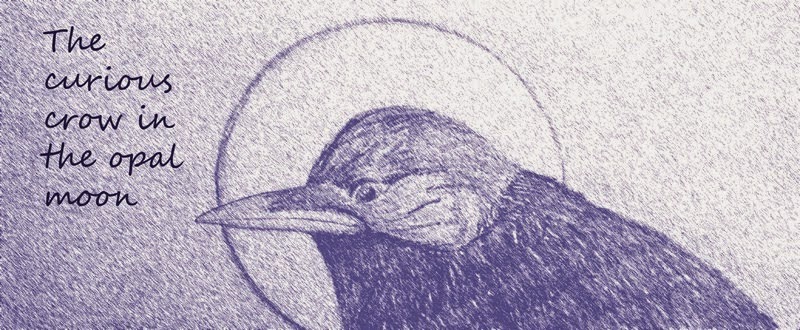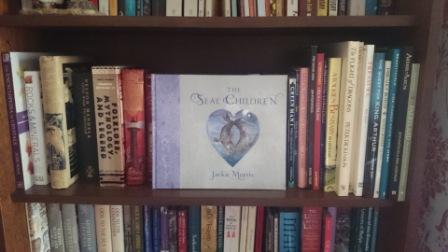Whilst I have been taking moments to enjoy the dim haziness of the winter garden outside my window, with its growing layer of verdant green moss; the colour and twinkle of the decorated tree in the front room; the magic and traditions of the season; and the warm feeling of gift-giving, my nights have been growing increasingly sleepless as that underlying anxiety raises its ugly head.
Rather fortuitously, as I was meditating on the idea of returning to a simpler life earlier this morning, I noticed a new post on one of my favourite blogs, Woolgathering and Wildcrafting, which opened with the words, "Between the time spent navigating family politics and trying to get the tree to stand straight in its stand there is a stream of quietude that runs just beneath the surface. Can you hear it?"
In the post, written by Asia Suler, an American writer, gardener, herbalist, reiki practitioner and founder of One Willow Apothecaries, we are encouraged to tap into the ancient mysticism of this time of year - again, regardless of our beliefs, as it is a special time for people of many religions and of no religion. After all, each and every one of us can feel that pull of our connection with the earth and the seasons, and we can all enjoy some festive spirit!
The blog post is accompanied by a video, shown below, which gives some lovely background information and tips for making the most of the solstice - worth a watch if you have 10 minutes to spare.
To throw in my own two pennies' worth, I also recommend making candles at this time of year. It's so easy to do, it's cathartic, and the candles make great handmade gifts. You could even burn them in the dark evenings as Asia suggests in her video. This year I used essential oils and colour to make a batch of cinnamon-scented yellow-gold pillar candles, and a batch of spruce-scented green pillar candles; both evocative fragrances for winter.
Wishing you all a restful and restorative winter season that is also full of fun and friendship, whichever festival or reason you are celebrating.
Video: Infusing Mysticism into the Holiday Season by Asia Suler
Featured painting: Winter's Dream by Amanda Clark
Featured painting: Winter's Dream by Amanda Clark



































